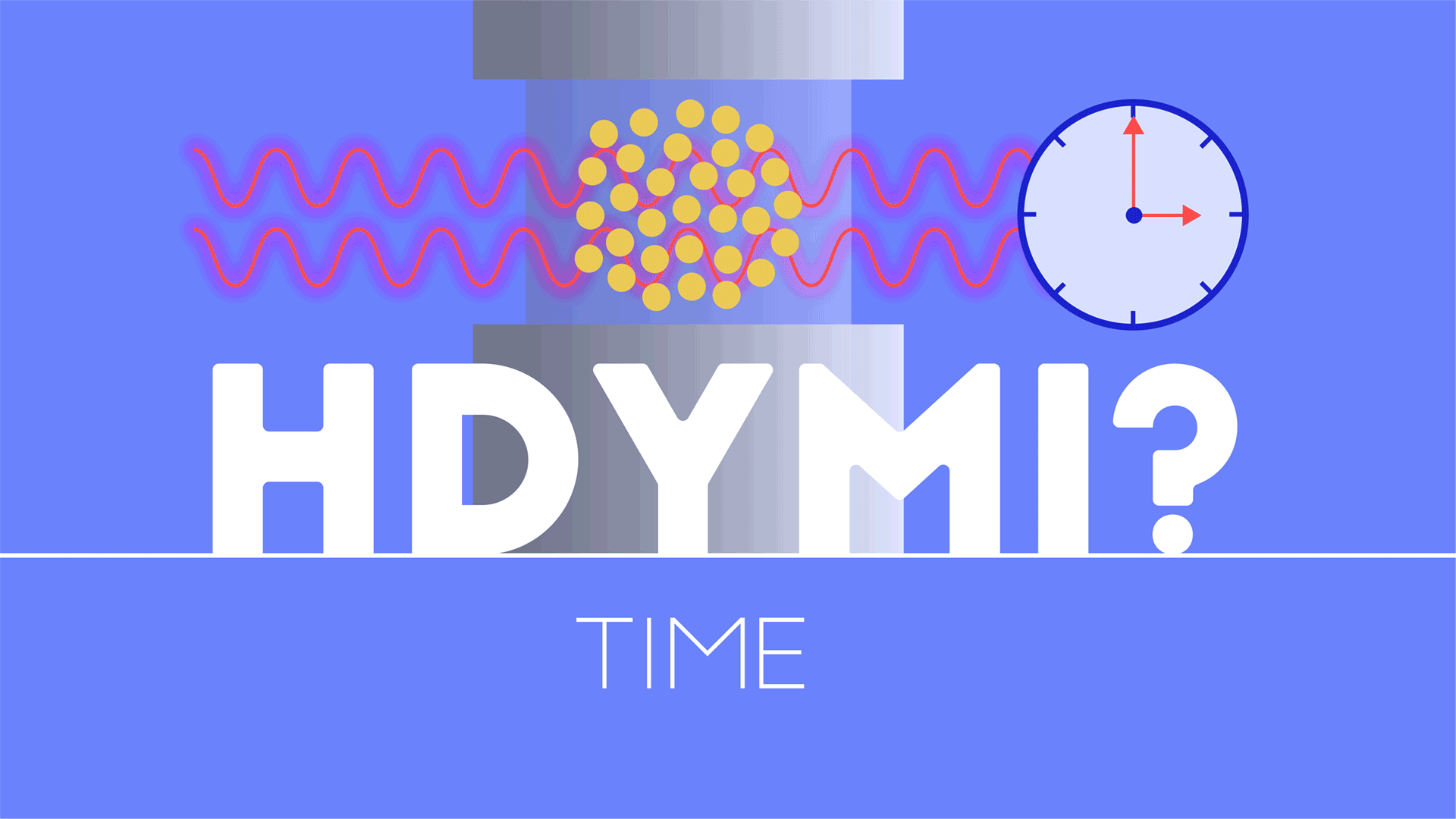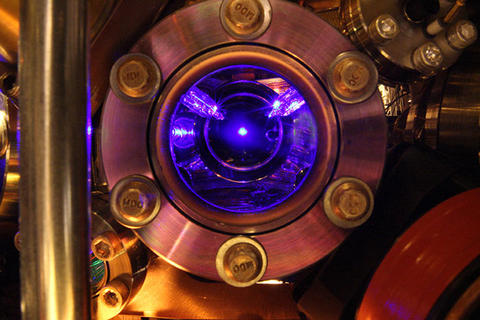How Do You Measure a Second?

The answer to how we measure time may seem obvious. We do so with clocks. However, when we say we’re measuring time, we are speaking loosely. Time has no physical properties to measure. What we are really measuring is time intervals, the duration separating two events.
Throughout history, people have recorded the passage of time in many ways, such as using sunrise and sunset and the phases of the moon. Clocks evolved from sundials and water wheels to more accurate pendulums and quartz crystals. Nowadays when we need to know the current time, we look at our wristwatch or the digital clock on our computer or phone.
The digital clocks on our computers and phones get their time from atomic clocks, including the ones developed and operated by the National Institute of Standards and Technology (NIST).

The official sources of time currently rely on cesium atoms. The best of these clocks is accurate to within one three hundred millionths of a second per year. For perspective, your quartz wristwatch may be accurate to within about 15 seconds per month.
Inside these clocks, electromagnetic waves are aimed at a collection of cesium atoms that absorb this radiation and make a “quantum jump” to a different energy state. But this jump only happens when the atoms absorb waves of a precise frequency — the number of wave cycles per second. Operators of atomic clocks know they’ve tuned their clock to the exact right, or “resonance,” frequency when they detect a maximum number of atoms jumping to the different energy state.
Because cesium atoms react to microwave radiation with a frequency of 9,192,631,770 cycles per second (hertz or Hz), the international standard unit of time, the second, is defined as the duration of 9,192,631,770 cycles. Since the electronics in these clocks can count every wave cycle, the clocks can measure tiny fractions of a second — 1/9,192,631,770 of a second, to be more precise!
While today’s standard atomic clocks operate at microwave frequencies, tomorrow’s standard atomic clocks will operate at optical frequencies, with trillions of clock “ticks” per second. One of these clocks, the strontium atomic clock, is accurate to within 1/15,000,000,000 of a second per year. This is so accurate that the clock would not have gained or lost a second if it had started running at the moment of the Big Bang.
Accurate time like this has helped to prove Einstein’s theories about time moving at different rates when clocks are moving at different speeds. Without both an understanding of Einstein’s theories about the speed of light and space-time and accurate clocks, we wouldn’t have the Global Positioning System (GPS), which uses clocks in space and on the ground so you can figure out where you are on the globe.

